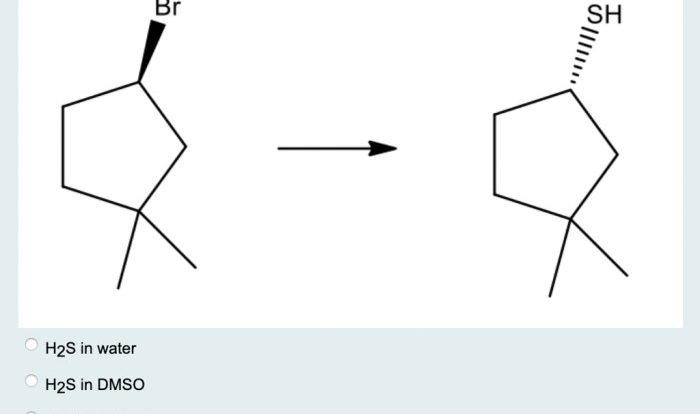Welcome to the fascinating world of ionic bonds! Dive into our comprehensive guide, the Ionic Bonds Gizmo Answer Key PDF, where we unravel the intricacies of ionic bond formation, properties, and their ubiquitous applications. Prepare to be captivated as we embark on a journey of scientific discovery, unraveling the secrets of these essential chemical interactions.
Through the interactive Ionic Bonds Gizmo, we’ll witness the formation of ionic compounds firsthand, delve into their unique physical and chemical characteristics, and explore how ionic bond strength governs their behavior. Let’s ignite your curiosity and delve into the captivating realm of ionic bonds!
Ionic Bond Formation
Ionic bond formation is the process by which atoms transfer electrons to achieve a stable electron configuration, resulting in the formation of oppositely charged ions that are attracted to each other by electrostatic forces. In the Gizmo, you can observe this process by dragging atoms onto the simulation canvas and watching as they interact.
For example, when you drag a sodium atom (Na) and a chlorine atom (Cl) onto the canvas, the sodium atom will transfer one of its valence electrons to the chlorine atom. This results in the formation of a sodium ion (Na+) and a chloride ion (Cl-).
The oppositely charged ions are then attracted to each other, forming an ionic bond.
Examples of Ionic Compounds
Some examples of ionic compounds that can be formed in the Gizmo include:
- Sodium chloride (NaCl)
- Potassium chloride (KCl)
- Calcium chloride (CaCl2)
- Magnesium oxide (MgO)
- Aluminum oxide (Al2O3)
Ionic Bond Properties
Ionic compounds possess distinctive physical and chemical properties resulting from the strong electrostatic forces between their oppositely charged ions.
Ionic bond strength, determined by the charges and sizes of the ions involved, significantly influences these properties.
Physical Properties, Ionic bonds gizmo answer key pdf
- High Melting and Boiling Points:Strong ionic bonds require a substantial amount of energy to break, leading to high melting and boiling points.
- Solubility in Water:Ionic compounds are generally soluble in water due to the polar nature of water molecules, which can solvate the ions.
- Electrical Conductivity:When dissolved in water or melted, ionic compounds dissociate into ions, allowing them to conduct electricity.
Chemical Properties
- High Reactivity:Ionic compounds are highly reactive due to the strong electrostatic attraction between their ions, which makes them prone to react with other substances.
- Formation of Neutralization Reactions:Ionic compounds react with each other in aqueous solutions to form neutral salts and water, a process known as neutralization.
Gizmo Simulation: Ionic Bonds Gizmo Answer Key Pdf
The Ionic Bonds Gizmo is a virtual laboratory that allows students to explore the formation and properties of ionic bonds.
The Gizmo features a variety of tools and options that allow students to:
- Choose from a variety of elements to create different ionic compounds.
- Observe the formation of ionic bonds between the elements.
- Measure the properties of the ionic compounds, such as their melting point and boiling point.
- Compare the properties of different ionic compounds.
Using the Gizmo
To use the Gizmo, students first select the elements they want to use to create an ionic compound. They then click on the “Create Bond” button to form the ionic bond between the elements.
Once the ionic bond has been formed, students can observe the properties of the ionic compound. They can measure the melting point and boiling point of the compound, and they can also compare the properties of different ionic compounds.
Applications of Ionic Compounds
Ionic compounds play a crucial role in various aspects of our daily lives and in a wide range of industries. They are utilized in numerous applications, from household products to industrial processes.
Uses in Everyday Life
Ionic compounds find widespread use in everyday products, including:
- Table salt (sodium chloride):Essential for human consumption and food preservation.
- Baking soda (sodium bicarbonate):Used as a leavening agent in baking and as a cleaning agent.
- Toothpaste (fluoride compounds):Helps prevent tooth decay by strengthening enamel.
- Detergents (sodium lauryl sulfate):Effective cleaning agents for removing dirt and grime.
- Antiperspirants (aluminum chloride):Control perspiration by blocking sweat glands.
Importance in Industries
Ionic compounds are indispensable in various industries, including:
- Chemical industry:As raw materials for producing acids, bases, and other chemicals.
- Pharmaceutical industry:In the production of medicines and medical treatments.
- Food industry:As preservatives, flavor enhancers, and nutritional supplements.
- Construction industry:As components of cement, plaster, and other building materials.
- Electronics industry:In the production of semiconductors, batteries, and capacitors.
FAQ Resource
What is the Ionic Bonds Gizmo?
The Ionic Bonds Gizmo is an interactive simulation that allows you to explore the formation and properties of ionic bonds.
How do I use the Ionic Bonds Gizmo?
To use the Ionic Bonds Gizmo, simply drag and drop atoms onto the simulation grid and observe how they interact.
What are some examples of ionic compounds?
Some examples of ionic compounds include sodium chloride (NaCl), potassium chloride (KCl), and calcium oxide (CaO).

